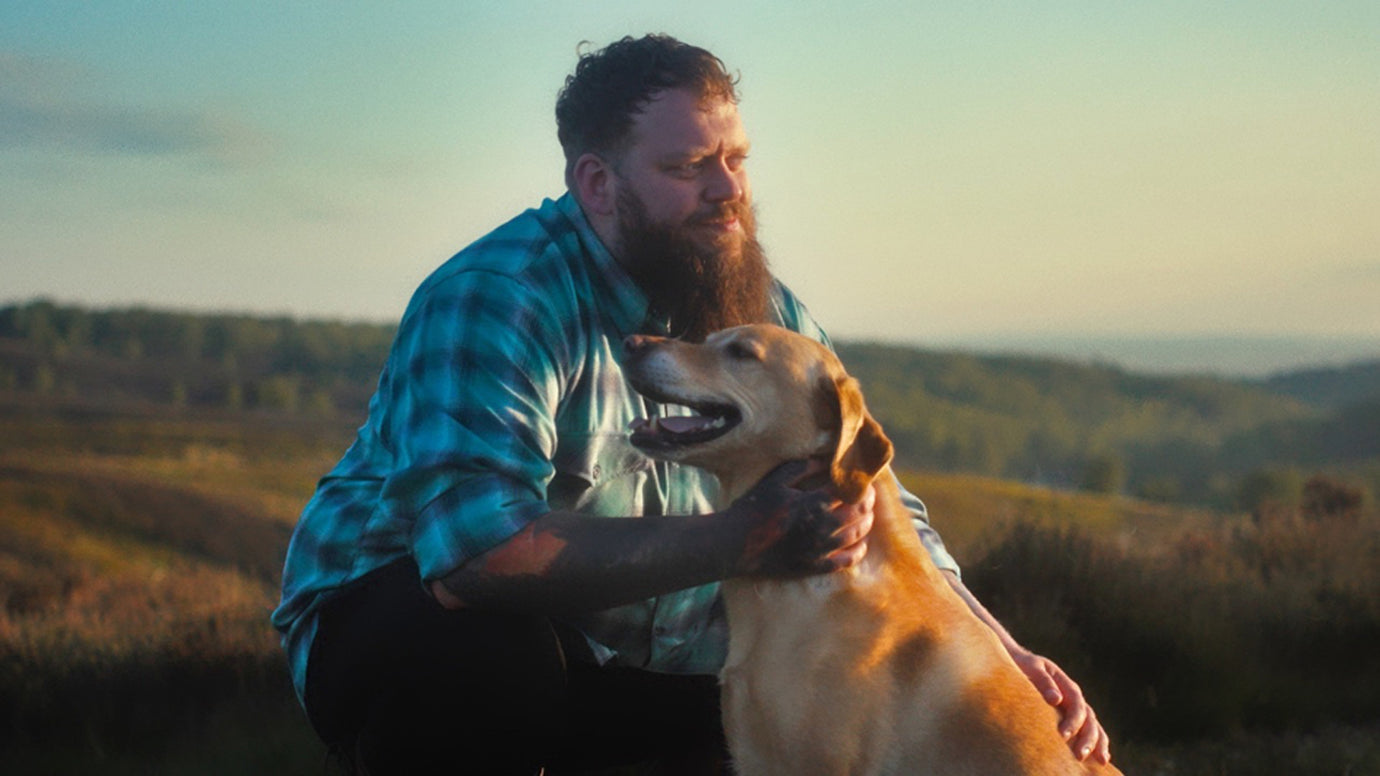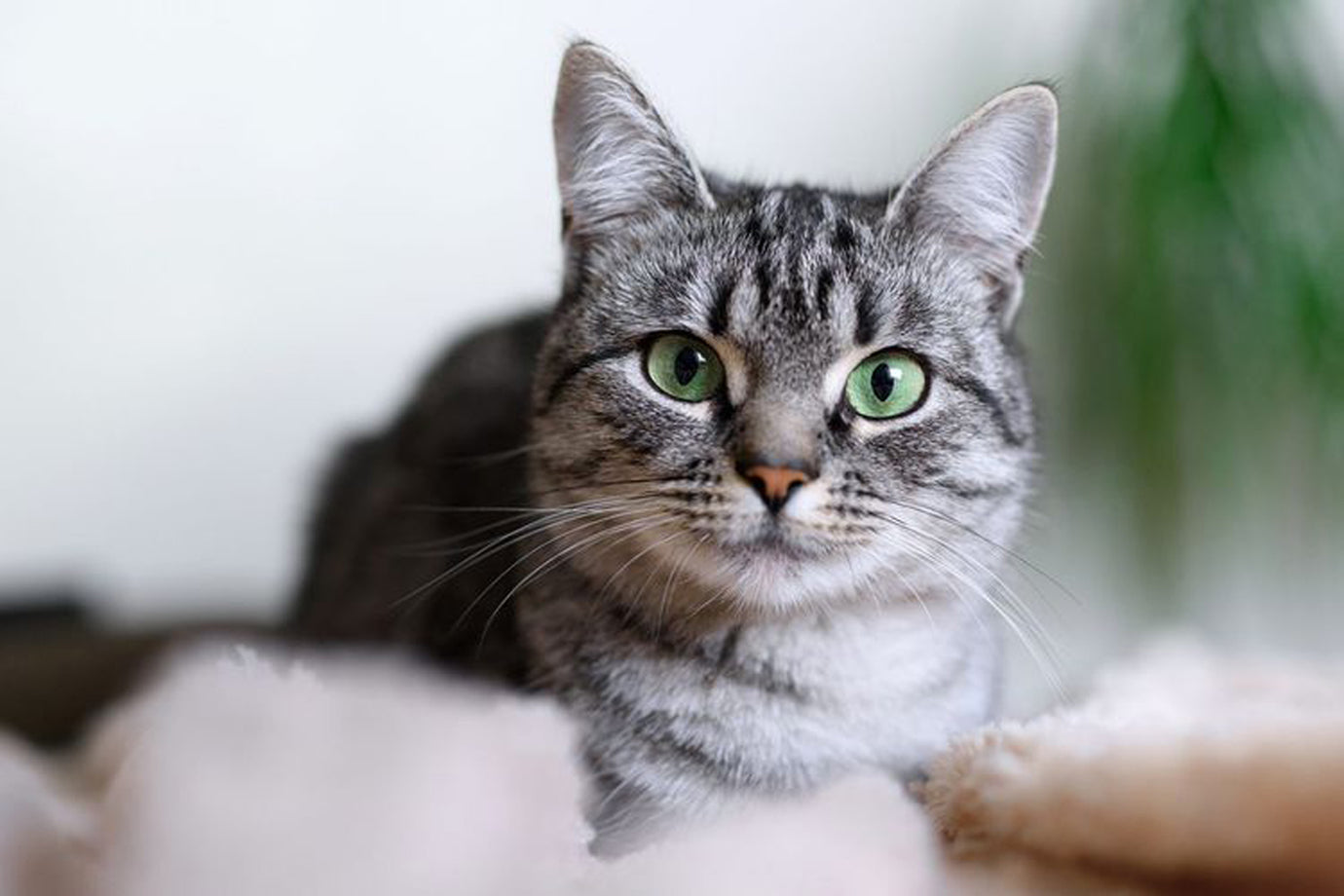All the Queens’ horses: Queen Elizabeth's passion for ponies

With a recent royal wedding very much to the fore, there has been particular focus on pageantry and tradition and a lot of coverage and emphasis on the Queens’ horses.
The wedding between Prince Harry and Meghan Markle was a showcase event for the horses of the Royal Household. The actual carriage occupied by the couple after the ceremony during their tour of Windsor, was an open top Ascot Landau pulled by four Windsor Greys with a further two Windsor Greys acting as outriders. The Windsor Grey is not actually a breed in its own right but is the term used to describe the grey horses of the Royal Household which are used on state and ceremonial occasions. The Windsor Greys are stabled at the Royal Mews in London and are grey horses selected for their temperament and appearance. The chosen horses are broken to saddle before being broken to harness as their ceremonial duties will involve being both ridden and driven in turn. A life-sized statue of two Windsor Greys, Storm and Daniel, was commissioned in 2013 and unveiled in Windsor to celebrate the Queens’ Diamond Jubilee. The other main carriage horses of the Royal Household are Cleveland Bays and, as their name suggests, are bay in colour with minimal or no white markings. Once a popular driving horse, these horses originated in the north of England derived from the Chapman Horse bred in the Cleveland Hills during the seventeenth century. Initially used by the farming community, they developed into road horses, so not only pulling vehicles but also as pack horses. Introducing Arab and Thoroughbred blood produced the taller horse you see today and they were a popular riding horse and hunter after the war, making an excellent first cross with the Thoroughbred to produce a sports horse with strength, bone and quality. Their popularity of the Cleveland Bay as a riding horse has diminished over the years due in no small part to the rise of the modern warmblood. The support of the Royal Household for the Cleveland Bay has therefore proved to be something of a godsend. The breed is listed by the Rare Breeds Survival Trust in 2018 on their Danger List with just 64 registered breeding females left. The other horses that appeared in Windsor on May 19th at Harry and Meghan’s wedding were the horses of the Household Cavalry Mounted Regiment; they provided an escort to the carriage on its tour through Windsor. The Household Cavalry Mounted Regiment is part of the British Army and now largely performs ceremonial duties. They are not to be confused with the Household Cavalry Regiment which does has frontline combat duties. The horses used in the mounted division are called ‘Irish Blacks’ and that is because they are all very dark brown or black and originate in the main from Ireland. They are largely of a draught background and are sourced by the Army as three or four year olds and brought into training at an early age. The other mounted ceremonial unit of the British Army is the King’s Troop Royal Horse Artillery. The King’s Troop are famed for providing gun salutes on ceremonial occasions as the horses parade with guns from the First World War. Each un-braked gun is pulled by six horses called gun team horses which are smaller and stockier to accommodate the gun carriage harness. The Troop also has chargers which are larger horses, ridden during ceremonial occasions and the world famous Musical Ride. The King’s Troop has between 130 and 140 horses at their barracks in London at any given moment. They also provide a team of black horses and a gun carriage for state and military funerals. In addition to the famous ceremonial horses, the Queen also has her own private leisure and sports horses dotted at different locations around the country. There is a Royal Stud at Sandringham which was established in 1886 by Edward, Prince of Wales where Thoroughbreds are produced for the racecourse. And a Highland Pony Stud at Balmoral Castle - the Queen is a huge supporter of the breed. The Queen also breeds and owns riding horses and has several with top showing producer, Kate Jerram, who is based in Essex. The Royal family has been involved in many equestrian disciplines over the years from racing through to polo, showing and driving and this is all in addition to the horses they keep for state and ceremonial occasions. Their unwavering support for the horse in all its many roles is a key part of their national identity and forms a large part of the affection that the British people hold for them and their equestrian traditions. Queen Elizabeth's love of horses: A look at her equestrian life Queen Elizabeth's love of horses is a lifelong one. In 2014, in fact, the beloved monarch, who has been riding horses for most of her nine decades, was presented with the International Equestrian Federation (FEI) Lifetime Achievement Award for her dedication to the sport. "Her Majesty Queen Elizabeth is a lifelong lover of horses who has inspired millions around the world," said FEI President Princess Haya of Jordan. "She is a true horsewoman, who still rides whenever state business allows, and her knowledge of breeding and bloodlines is incredible." In honour of one of the world's most dedicated royal equestrians, we take a look back at her passion for ponies. Horses and ponies have been Elizabeth II's passion since her first riding lesson when she was around three years old. It was a love she shared with her mother and she has gone on to breed and race horses for more than 60 years. Thoroughbreds owned by the Queen have won four out of the five flat racing classics - the 1,000 Guineas and 2,000 Guineas, the Oaks and the St Leger - with only the Derby eluding her. Her horse Dunfermline, ridden by jockey Willie Carson, gave the Queen her most famous victory, triumphing in the Oaks and St Leger in her Silver Jubilee year 1977. In recent years the Queen made sporting history when she became the first reigning monarch to win Royal Ascot's Gold Cup with her thoroughbred Estimate in 2013. She has also notched up more than 20 winners at Royal Ascot one of the premier events of the racing season. From early childhood the Queen was surrounded by horses and relatives who owned, rode and talked about them. Her first reported riding lesson took place in the private riding school at Buckingham Palace Mews in January 1930. When she was five the Queen Mother led her on Peggy, a Shetland pony given to her when she was four by her grandfather King George V, to a meet of the Pytchley Hounds at Boughton Cover. After she became sovereign in February 1952 the Queen inherited the royal colours: purple, gold braid, scarlet sleeves, black velvet cap with gold fringe. Her first winner as Queen came just a few months later when Choir Boy passed the winning post ahead of the field to claim the Wilburton Handicap at Newmarket that May. Over the following decades she pursued her keen interest in horse breeding, sending her mares to stud farms around the world as well as breeding animals at home. Her passion has also been passed down to her children and grandchildren. Princess Anne is known for her equestrian talents and was the first member of the Royal Family to take part in an Olympic Games. Her daughter Zara Tindall is also a British equestrian and won a silver medal at the London 2012 Olympics. The Queen's horses and ponies, which number around 180, are kept at various royal residences and stables from Sandringham to Balmoral. The monarch takes a keen interest in their breeding and training and is respected for her knowledge of the equine world. But the head of state famously does not bet and appears to get her enjoyment from watching her horses develop and compete. The Queen's cousin Margaret Rhodes, interviewed for a documentary about the monarch's passion for horse racing, said: "You see I think that early on, when she became Queen, I think that she had to sacrifice within herself an awful lot of emotions and thoughts of the future and everything else. "But I think with horses it's another world in that it reduces you to just the person in relation to the animal, and you're not a Queen, you're just a human being." The Royal Mews Adjacent to Buckingham Palace, the Royal Mews is a working stable, which houses the Royal family’s horse-drawn carriages and, as a concession to modern time, cars. Do not miss the Gold State Coach, an enclosed, eight horse-drawn carriage used at the coronation of every monarch since George IV. It last graced the streets of London during The Queen’s Golden Jubilee which took place in 2002. Members of the Royal Family, Heads of State, and other important visitors are transported in other carriages during official events. Among the 34 carriage horses who happily live at the Royal Mews, ten are Windsor Greys. They were thus named when they were kept in Windsor during Queen Victoria’s era. Windsor Greys traditionally draw Her Majesty’s carriage. The other horses are mainly Cleveland Bays, the only British breed of carriage horse, together with a few Dutch and Hungarian horses. Each horse is broken at Windsor, before learning its trade in the Royal Mews. Their career begins when they are four and spans about 15 years. When not transporting the Royal Family or a guest of honour, they follow a carefully orchestrated daily routine. Some of them start exercising as early as 7am, in hand or ridden. Others start at 8.30am, working with exercise brakes and carriages. In August and September, the horses are sent on vacation at Hampton Court where they can enjoy eating grass, away from the noise of the London traffic. If you want to see the horses, time your visit to the Royal Mews (Tel: (020) 7766 7302; www.royalcollection.org.uk) so they are not away on duty or on a break. Owning a horse What do Dame Judi Dench, Elizabeth Hurley, Sir Alex Ferguson and Jodie Kidd all have in common? They all belong to a horse syndicate. Owning a horse isn’t only for the Royal Family and celebrities. You can purchase your own share in a racehorse and then reap the rewards when it has a good run. The British Horseracing Authority (www.britishhorseracing.com) has an extensive Owning and Breeding section on its website, to help with buying a horse, plus a Partnership Directory which has details of racing clubs such as Elite, and partnerships such as Highclere Thoroughbred Racing (www.highclereracing.co.uk), an ownership company, with syndicates made up of a maximum of 20 shares so that they remain highly exclusive. Shares start from £9,500. You can also visit the stables at Newmarket and Berkshire, join in special owner’s events at Highclere Castle and have access to a box at Newbury Racecourse. (Article source: Various)





